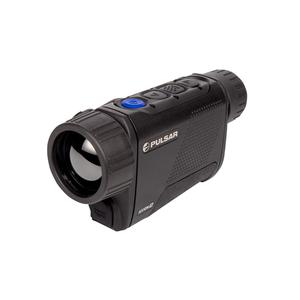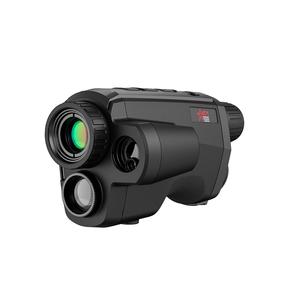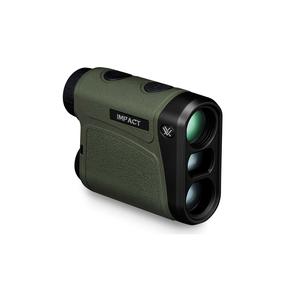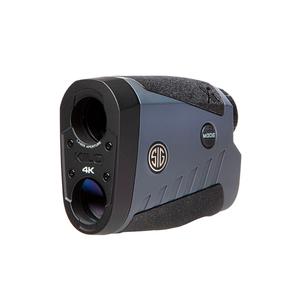Laser Monoculars: Technology and Applications
Laser monoculars stand at the forefront of optical technology, offering a revolutionary method to improve visibility and range in dimly lit or dark environments. These sophisticated devices, while sharing some similarities with conventional night vision gear, possess distinct characteristics, pros, and cons.
This detailed exploration dives into the mechanics, applications, strengths, and limitations of laser monoculars, offering a comprehensive comparison with other night vision tools.
In short: Laser monoculars are optical devices that improve visibility in low-light or dark conditions by projecting a laser beam onto a target. This beam is detected by a sensor within the monocular, creating an enhanced image for the user. They are used for activities like hunting, surveillance, and search and rescue operations.
- Exploring Laser Monocular Technology
- Pros and Cons of Laser Monoculars
- Laser Monoculars in Various Applications
- A Closer Look at Laser Monocular Mechanics
Exploring Laser Monocular Technology

Central to the function of laser monoculars is the emission of a low-power laser beam, designed to light up the target area. Typically invisible to the human eye, this beam is picked up by a specialized sensor within the monocular. This sensor transforms the laser light into an electrical signal, subsequently processed and displayed on a screen or through an eyepiece.
This process results in a magnified, enhanced image, allowing users to discern targets with greater clarity. Various types of lasers are employed in these devices, each tailored to specific wavelengths and beam powers:
Infrared Lasers: Operating in the infrared spectrum, these lasers excel at detecting heat-emitting sources like animals or humans in darkness. However, their visibility to other thermal imaging devices can inadvertently reveal the user's position.
Green Lasers: Emitting light in the green spectrum, these are visible to the human eye and can also be detected by some night vision devices. They are particularly effective for illuminating non-heat-emitting targets but can alert targets or observers due to their visibility.
Red Lasers: Red spectrum lasers are optimal for marking targets or indicating directions in low-light conditions. Their visibility, similar to green lasers, can be a double-edged sword in certain operational contexts.
Pros and Cons of Laser Monoculars
Laser monoculars have some advantages and disadvantages over other types of night vision devices:
| Advantages | Disadvantages |
|---|---|
| Compactness and Portability - Smaller and lighter than other night vision devices, making them easy to carry and use. Adaptable to various equipment. | Battery Consumption and Heat Generation - Require more power and generate more heat, which can limit usage duration and risk eye damage. |
| Range and Clarity - Offer extended range and clearer imaging in various conditions, with adjustable brightness and contrast. | Detection and Interference - Can be detected by other laser or infrared devices and affected by ambient light, reducing efficacy. |
| Cost and Accessibility - Generally more budget-friendly and widely available than other night vision options. | Legal and Ethical Issues - Use in certain contexts raises concerns about privacy, safety, and human rights. Potential for misuse in illegal activities. |
Laser Monoculars in Various Applications
Laser monoculars find their utility in a diverse array of settings, guided by the specific type of laser, sensor technology, and display mode:
Hunting and Wildlife Observation: These devices are invaluable in identifying and tracking animals under low-light conditions, aiding in precise aiming and shooting. They also enable unobtrusive observation of wildlife behaviors and habitats.
Search and Rescue Missions: Particularly useful in adverse conditions such as fog or darkness, laser monoculars assist in locating and rescuing individuals, improving communication and coordination among rescue teams.
Law Enforcement and Security: In covert or high-risk scenarios, these monoculars are pivotal for surveillance and investigation, aiding in the capture and detention of suspects while bolstering protection and crime deterrence.
Military and Defense Operations: Indispensable in reconnaissance, combat, and specialized missions, they play a crucial role in enemy scouting, engagement, and various mission-centric tasks. Also, if you're on the hunt for some fascinating laser monocular models, check out our top 4 picks for the best laser monoculars in 2024:
- Excellent for night vision and heat detection
- Provides clear and detailed views
- Comfortable and easy to handle
- Great for scanning large areas
- Simplifies operation in various conditions
- Provides exceptional night vision
- Accurately measures distances
- Offers clear and detailed imaging
- Built to withstand tough outdoor
- Ideal for a range of activities, including hunting, surveillance
- Measures distances up to 850 yards
- Easy to carry and use in the field
- Provides precise measurements for reliable use
- Simple to operate, even for beginners
- Resistant to weather and rugged use
- Reduces shake and vibration for clearer viewing
- Delivers sharp and bright images
- Tailors data for specific shooting requirements
- Ensures extended use in the field
- Suitable for various outdoor conditions
A Closer Look at Laser Monocular Mechanics
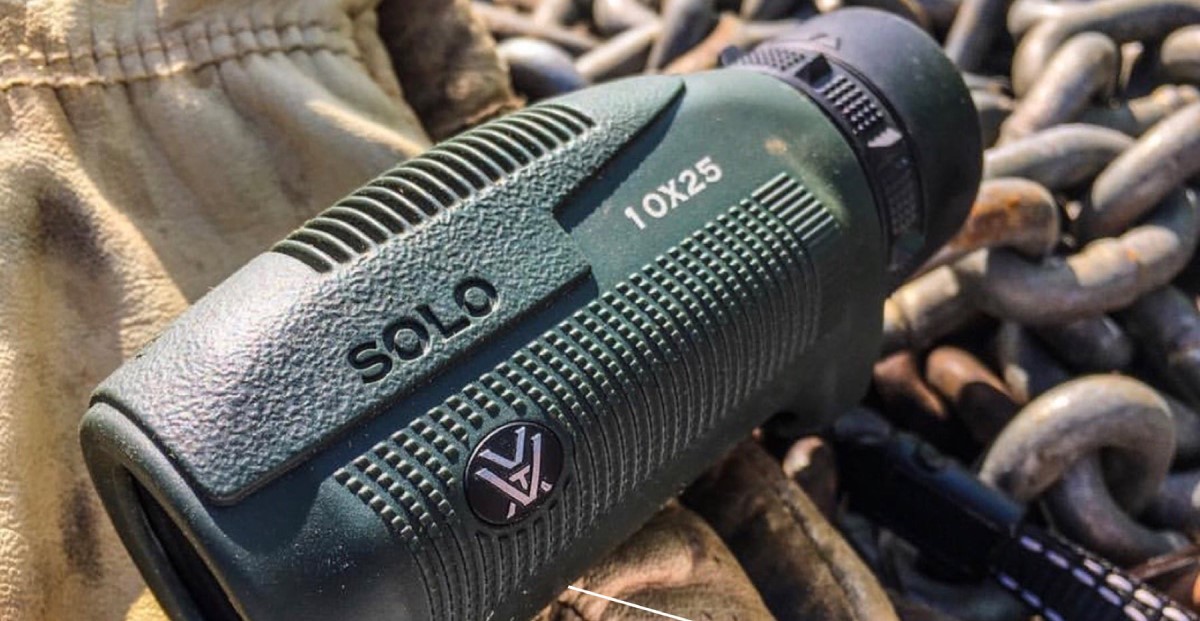
Laser monoculars employ cutting-edge technology to project a laser beam onto a target, which is then captured by a sensor. This sensor, a key component, translates the light into a signal, creating a visual representation on a display screen. The choice of laser—whether infrared, green, or red—dictates the device's effectiveness in different scenarios.
The development of laser monoculars marks a significant stride in optical technology. Initially, their application was limited due to size and efficiency constraints. However, advancements in laser and sensor technology have drastically improved their performance, size, and user-friendliness. Looking ahead, ongoing research and development promise further enhancements in efficiency, range, and clarity, potentially expanding their usage across various sectors.
The use of laser monoculars, especially in sensitive areas like wildlife conservation, law enforcement, and military operations, necessitates a balance of ethical considerations. Issues concerning privacy, safety, and human rights are paramount. Responsible usage, adherence to legal frameworks, and awareness of potential misuse are crucial for maintaining ethical standards in their deployment.
What Are Laser Monoculars: Conclusion
Laser monoculars represent a remarkable leap in night vision technology, offering enhanced visibility in low-light conditions with unique advantages and limitations. Their versatility spans a wide spectrum of applications, from environmental observation to tactical military operations.
However, their usage is not without challenges and ethical implications, necessitating careful consideration and responsibility. As technology progresses, the potential for these devices to evolve and become even more integral in various fields is significant.
You may also like:
